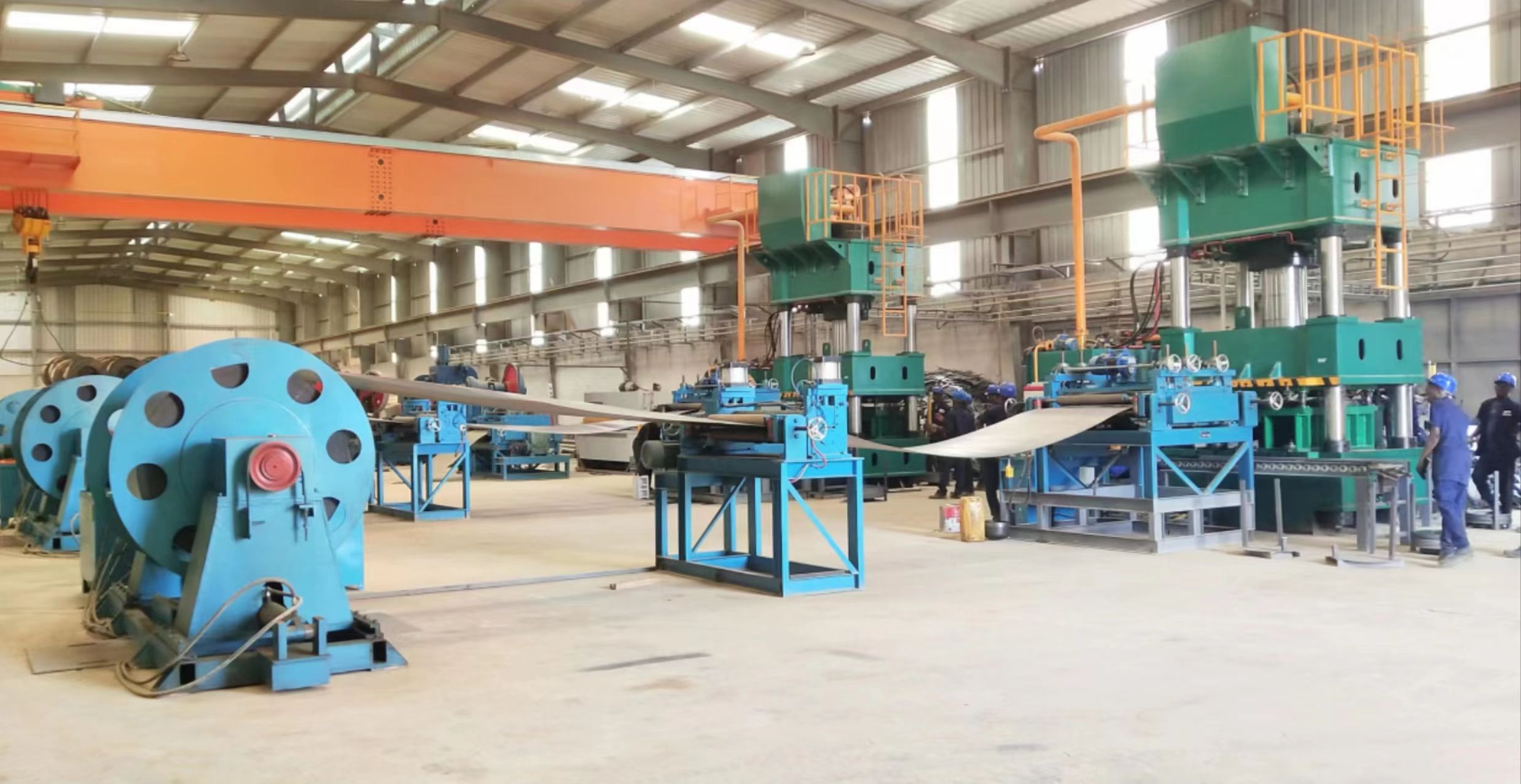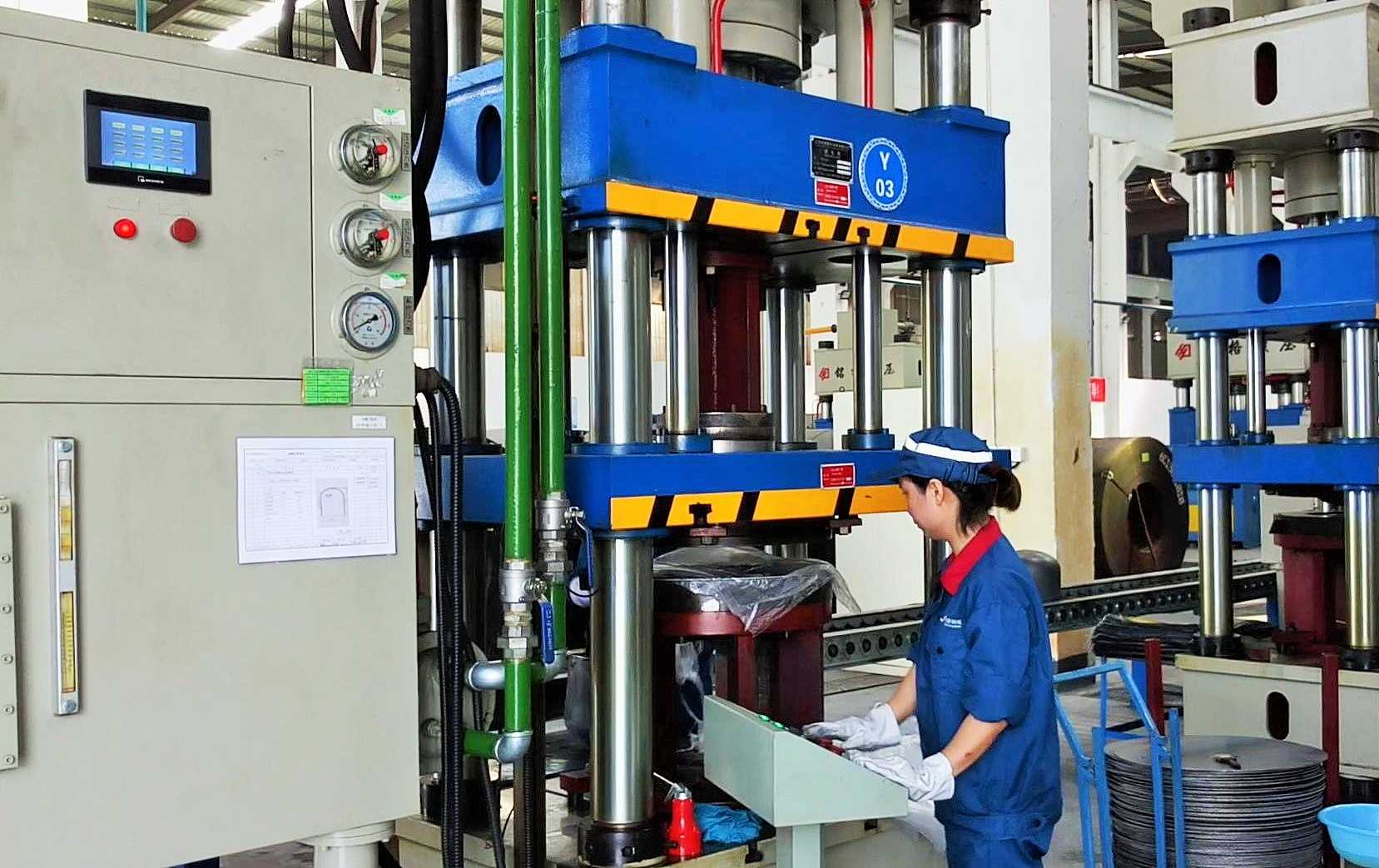Introduction
In the realm of liquefied petroleum gas (LPG) cylinder maintenance and testing, the unloading valve machine stands out as a critical piece of equipment. This machine is specifically designed for the loading and unloading of YSP-15 LPG cylinder valves, catering to the unique needs of cylinder factories and testing stations. Its advanced features and reliable performance make it an indispensable tool in ensuring the safety and efficiency of LPG cylinders. This article explores the various aspects of the residual liquid separator machine, including its features, functionality, benefits, and applications.
Key Features of the Unloading Valve Machine
The residual liquid separator machine is equipped with several features that enhance its functionality and reliability. These features include:
- Automatic Stop and Positioning: One of the primary features of the unloading valve machine is its automatic stop and positioning capability. This ensures that the bottle valve is tightened correctly and stops automatically once the desired torque is achieved. This feature not only enhances the efficiency of the process but also minimizes the risk of over-tightening or under-tightening the valves.
- Beautiful Appearance: The design of the residual liquid separator machine is aesthetically pleasing, with a focus on both functionality and visual appeal. Its sleek and modern appearance makes it a suitable addition to any maintenance or testing facility.
- Reliable Performance: The residual liquid separator machine is known for its reliable performance. It consistently delivers accurate and efficient results, ensuring that the LPG cylinder valves are securely loaded and unloaded.
- Advanced Technology: The machine incorporates advanced technology to enhance its functionality. This includes precision sensors, automated controls, and robust construction, all of which contribute to its overall performance and reliability.
Functionality of the Unloading Valve Machine
The residual liquid separator machine is designed to perform several critical functions in the maintenance and testing of LPG cylinders. These functions include:
- Loading of LPG Cylinder Valves: The primary function of the unloading valve machine is to load the YSP-15 LPG cylinder valves onto the cylinders. The machine ensures that the valves are securely attached, preventing any leaks or malfunctions during the use of the cylinders.
- Unloading of LPG Cylinder Valves: In addition to loading, the machine is also capable of unloading the valves from the cylinders. This is particularly useful during maintenance and testing, where the valves need to be removed for inspection or replacement.
- Automatic Positioning: The machine automatically positions the valve in the correct orientation, ensuring that it is aligned properly with the cylinder. This feature eliminates the need for manual adjustments, saving time and reducing the risk of errors.
- Automatic Tightening: Once the valve is positioned correctly, the machine tightens it to the specified torque. This ensures that the valve is securely attached, preventing any potential leaks or failures.
- Safety Features: The unloading valve machine is equipped with several safety features to protect both the operator and the equipment. These include emergency stop buttons, safety guards, and overload protection, all of which contribute to a safe and efficient operation.
unloading-valve-machine-103x300.jpg)
Benefits of Using the Unloading Valve Machine
The use of the residual liquid separator machine offers several benefits, making it a valuable asset in the maintenance and testing of LPG cylinders. These benefits include:
- Increased Efficiency: The automatic features of the unloading valve machine significantly increase the efficiency of the loading and unloading process. The machine can complete tasks much faster than manual methods, saving time and labor costs.
- Improved Accuracy: The machine’s precision sensors and automated controls ensure that the valves are loaded and unloaded with a high degree of accuracy. This reduces the risk of leaks and malfunctions, improving the overall safety and reliability of the LPG cylinders.
- Enhanced Safety: The residual liquid separator machine is designed with safety in mind. Its automatic stop and positioning features prevent over-tightening, while the safety guards and emergency stop buttons protect the operator from potential hazards.
- Cost Savings: By increasing efficiency and accuracy, the residual liquid separator machine helps to reduce labor costs and minimize the risk of costly mistakes. This results in significant cost savings for cylinder factories and testing stations.
- Consistency: The machine ensures that each valve is loaded and unloaded with the same level of precision and care. This consistency is crucial for maintaining the quality and reliability of the LPG cylinders.
Applications of the Residual Liquid Separator
The residual liquid separator machine is used in a variety of applications within the LPG cylinder industry. Some of the primary applications include:
- Cylinder Factories: In cylinder factories, the unloading valve machine is used to load and unload valves during the manufacturing process. This ensures that each cylinder is equipped with a properly installed valve, ready for use.
- Testing Stations: Testing stations use the residual liquid separator machine to remove valves for inspection and testing. This allows technicians to assess the condition of the valves and make any necessary repairs or replacements.
- Maintenance Facilities: Maintenance facilities use the residual liquid separator machine to perform routine maintenance on LPG cylinders. This includes removing valves for cleaning and inspection, as well as reinstalling them once the maintenance is complete.
- Refilling Stations: At refilling stations, the residual liquid separator machine is used to ensure that the valves are securely attached before the cylinders are filled with LPG. This prevents leaks and ensures the safe transportation and use of the cylinders.
Advanced Technology in Unloading Valve Machines
The residual liquid separator machine incorporates several advanced technologies that enhance its performance and reliability. These technologies include:
- Precision Sensors: The machine is equipped with precision sensors that monitor the position and torque of the valve during the loading and unloading process. These sensors ensure that the valve is tightened to the correct specifications, preventing over-tightening or under-tightening.
- Automated Controls: The machine’s automated controls allow for precise control over the loading and unloading process. Operators can set the desired torque and positioning parameters, and the machine will automatically adjust to meet these specifications.
- Robust Construction: The unloading valve machine is built with robust materials and components that ensure its durability and longevity. This includes high-quality metals and advanced engineering techniques that contribute to its reliable performance.
- User-Friendly Interface: The machine features a user-friendly interface that allows operators to easily set and monitor the loading and unloading process. This includes touch-screen controls, digital displays, and intuitive menus that simplify operation.
Conclusion
The unloading valve machine is a vital tool in the maintenance and testing of LPG cylinders. Its advanced features, reliable performance, and user-friendly design make it an essential piece of equipment for cylinder factories, testing stations, maintenance facilities, and refilling stations. By increasing efficiency, improving accuracy, and enhancing safety, the residual liquid separator machine helps to ensure the quality and reliability of LPG cylinders, contributing to the overall safety and efficiency of the LPG industry.
The integration of advanced technology in the residual liquid separator machine further enhances its functionality, providing a reliable and efficient solution for the loading and unloading of YSP-15 LPG cylinder valves. As the LPG industry continues to evolve, the unloading valve machine will remain a critical component in maintaining the safety and reliability of LPG cylinders, ensuring their safe use in a variety of applications.




